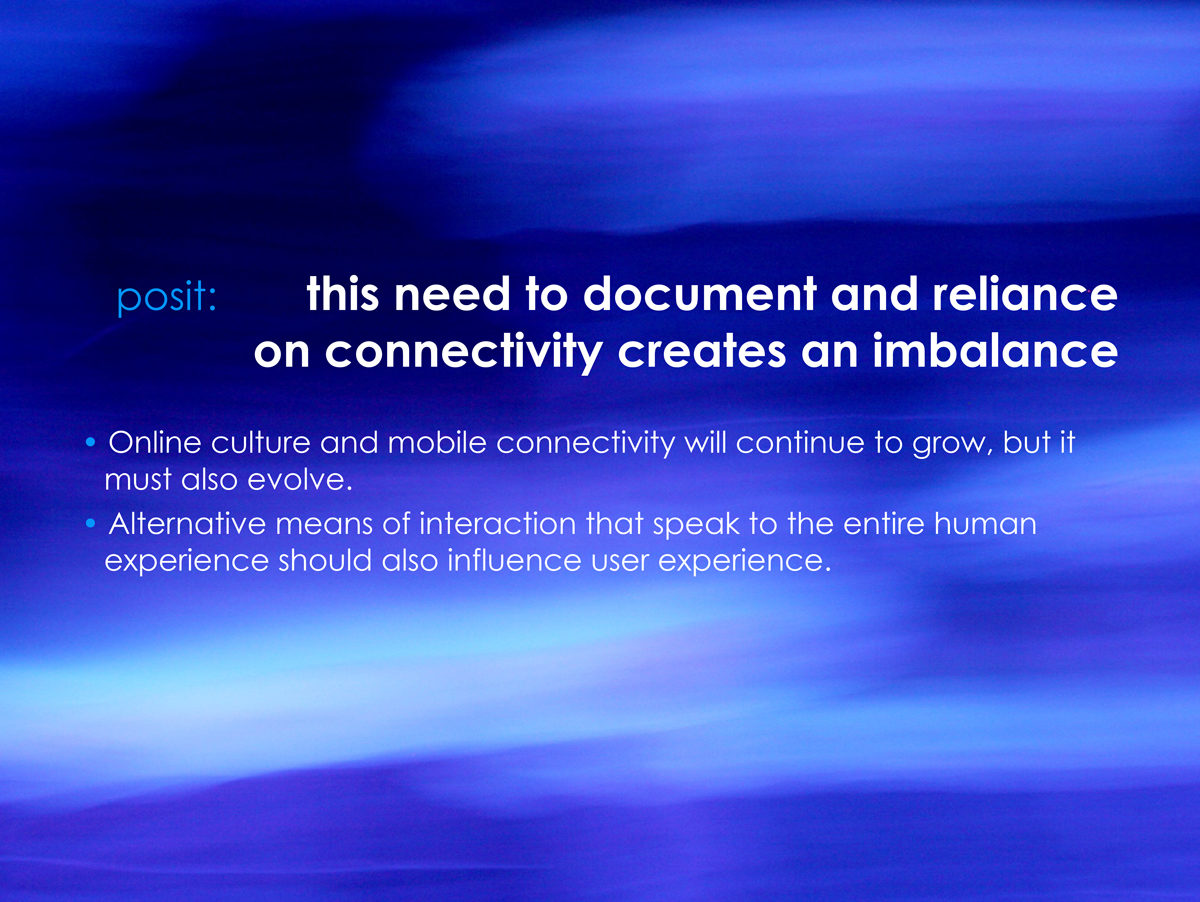Christopher Previte
Associate Professor
Franklin Pierce University
Many spaces on the web (social media, photo sharing, genealogy sites, etc.) ask us to document so much of our lives. From photographic evidence of what we eat and who we are with to digital dog-ears of our favorite music, political leanings, and familial connections, we willingly and slavishly create collections in an effort to connect with each other and prove that we matter. There is an implied permanence to these collections and they are used as currency in maintaining social hierarchy and relationships. This reliance on documentation creates an imbalance and denies the value of impermanence.
Buddhists, for example, believe that impermanence brings us hope and embodies the spirit of freedom and shatters the concept of predestination. Science teaches us that old cells in our bodies die and yield place continuously to the new ones that are forming. Technically speaking, no individual is ever composed of the same amount of energy. Impermanence and change are thus the undeniable and essential truths of our existence.
Therefore, while online culture and mobile connectivity continues to grow, it must also evolve.
Designers should consider the balance between documentation and impermanence and ask what is permanent versus what is ephemeral? Snapchat, for example, sought to convey what made face to face conversation special. The notions of impressions and deletion by default were baked into its user experience. At its best, user experience design focuses on the intangible and speaks to concepts such as atmosphere, personality, familiarity, and comfort—remembering that “users” are, in fact, humans. Given that, should not more research and discussion be dedicated to finding that balance and uncovering the value of impermanence?
Here we will begin that discussion and ways we can incorporate it into our design practice.
This research was presented at the Design Incubation Colloquium 5.3: Merrimack College on March 30, 2019.
